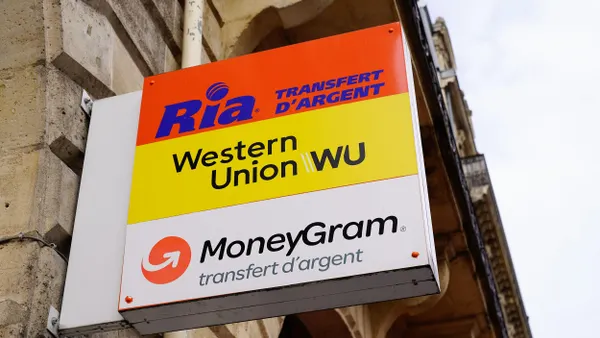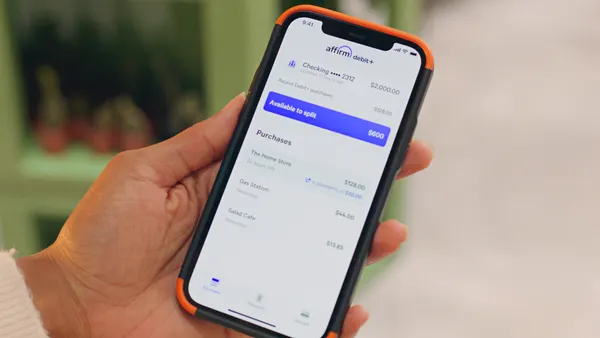LAS VEGAS — Competing national priorities and disparate regulatory regimes have stymied real-time cross-border payments for the time being, according to an executive with The Clearing House.
Moving money instantaneously between countries requires regulatory certainty on both sides of the border and infrastructure in both nations capable of sending and receiving money, TCH’s Rusiru Gunasena, head of business development for service providers, said Tuesday in an interview on the sidelines of the annual Money 20/20 conference in Las Vegas.
The Clearing House, a New York-based, bank-owned company, operates the RTP real-time payments network. It conducted an experiment in moving money from a real-time payment network in the United States to a real-time payment network abroad in 2022 and 2023, but the market wasn't ready for it, he said.
"Right now, we have paused that," Gunasena said.
The Clearing House and Swift announced the cross-border payment pilot program IXB in 2022. A news release outlining the program in October of that year said it was set to “revolutionize cross-border payments.” However a TCH spokesperson said the pilot was paused in 2023 over policy and regulatory challenges.
“We were successful in that we were able to make RTP transactions connecting to RT1,” Gunasena said, referring to a pan-European real-time payment network operated by the payments infrastructure organization EBA Clearing.
But regulatory and technical hurdles proved too high to clear, he said.
“Our goal was to bring in other rails as well,” Gunasena added. “But what we realized was the market was not ready. There were a lot of competing priorities.”
The complexity of moving money between countries was the first challenge, Gunasena said. Multiple organizations on both sides are involved in the process.
The biggest challenge was the lack of uniform rules. Different countries have competing currency regulations. For example, not every country uses the ISO 20022 banking standards, and not all of them use the same anti-money-laundering tools to screen transactions, Gunasena said.
That means sending money to the U.K. is a different process than sending it to China.
Stablecoins are often discussed as a way to simplify and reduce the cost of cross-border payments. But even if you could use the digital assets to move money across borders “the inherent problems are still there,” Gunasena said.
Much like fiat currencies, regulations on the digital assets vary by country, he said.
Governments in countries like China and Egypt have effectively banned cryptocurrency use, for example. That’s with the exception of China’s central government itself issuing digital yuan. Indeed some 130 countries are studying the issuance of their own digital currency, according to the Washington-based international affairs organization Atlantic Council.
The TCH spokesperson said the organization is not currently planning another cross-border real-time payments project.
But Gunasena is optimistic that someone can eventually make it work.
“I would say there is no finite solution in place right now to solve all those problems, but there is a lot of activity happening to get there at some point in time,” he said.
Clarification: The story headline was updated to reflect the pilot having ended after meeting an objective to connect two real-time payments systems in different jurisdictions.













